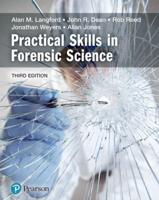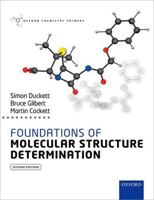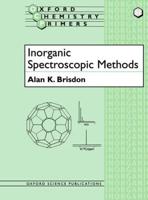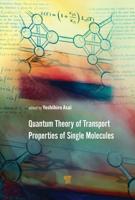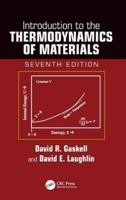Publisher's Synopsis
Characterization is essential to the systematic development of new materials and understanding how they behave in practical applications. Throughout all the volumes of "Materials Science and Technology", the theme of linking properties with microstructure and chemical composition is repeated. Volume 2 focuses on the principal methods required to characterize metal alloys, semiconductors, polymers and ceramics. Modern materials such as high-temperature alloys, engineering thermoplastics and multilayer semiconductor films have many elemental constituents distributed in more than one phase. Details of these phases can be very complex and usually vary with processing.;The challenge to the materials characterization expert is to understand how specific instruments and analytical techniques can provide detailed information about what makes each material or fabricated product unique. The challenge to the materials scientist, chemist or engineer is to know what information is needed to fully characterize each material or fabricated product and how to use this information to explain its behaviour, develop new and improved properties, reduce costs, or ensure compliance with regulatory requirements.;Today there are thousands of techniques used to characterize materials. The goal of Volume 2, which will be published in two parts, is to provide an introductory understanding of a number of the most important techniques. Each is described in sufficient detail so that the reader will develop an awareness of the instrumentation used, how it works, what kind of information it provides, and what are its limitations.;Volume 2A concentrates on microscopic techniques that span a range of magnifications from that of the low magnification available with light optical microscopy, through scanning electron microscopy and finally to the very high resolution of transmission electron microscopy. Volume 2B adds to the methods described in 2A.

